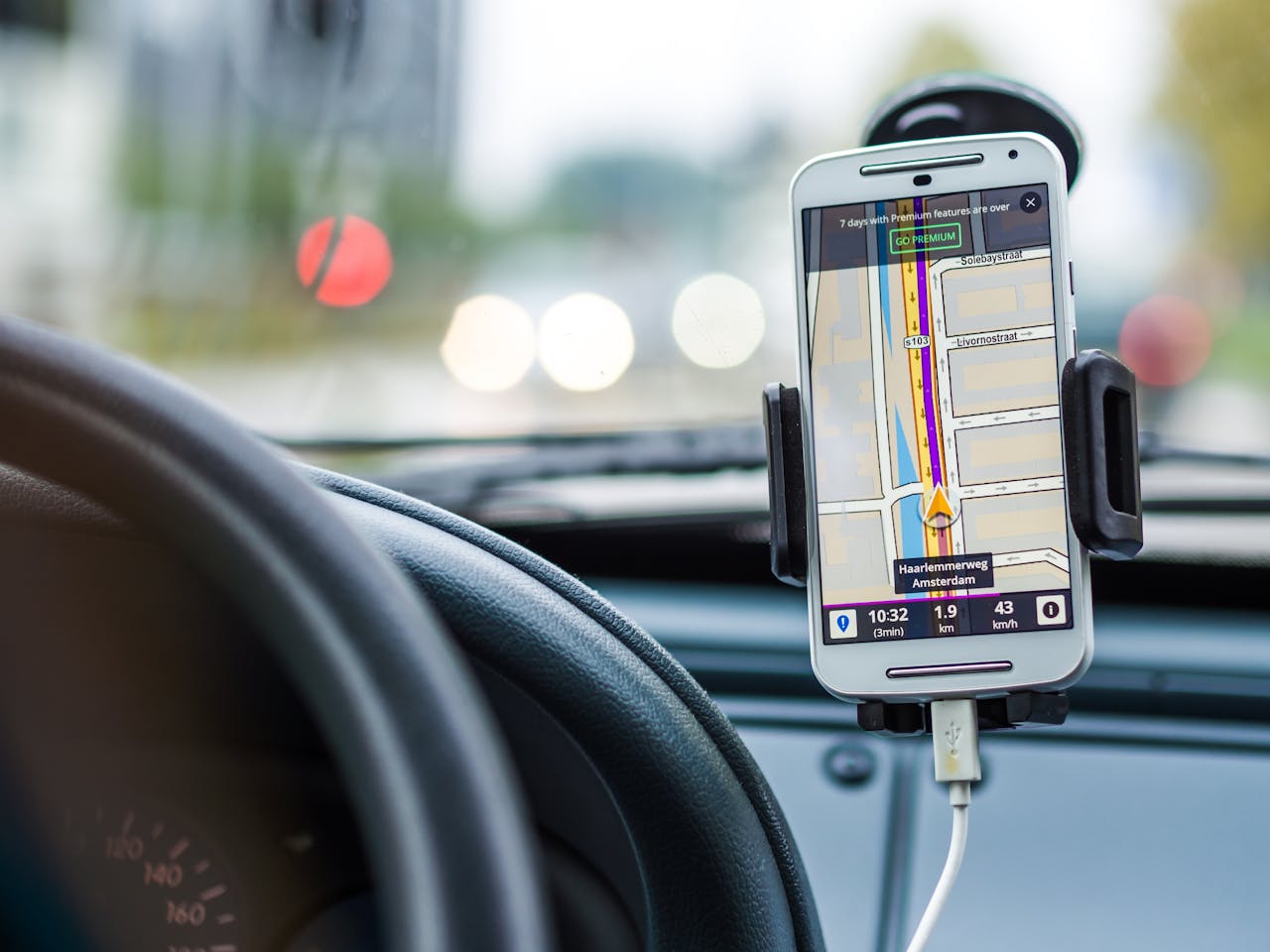Write Us: hello@ali5.org
Can You Be Tracked Even with Location Turned Off? Yes, Here’s How
Can you be tracked with location turned off? Yes. Learn the surprising ways tracking still happens, how your data is collected, and steps to protect your privacy.

Turning off your phone’s location setting feels like flipping an invisibility switch.
No GPS connection, no way to track, right? Not really. In the year 2025, location data doesn’t just come from a map pin. It comes from a web of signals, devices, and digital footprints you leave behind without even realizing it.
In reality, people can find you even if you turn off your position tracking. And the methods used are surprisingly clever. Let’s unpack how it happens and what you can do to limit it.
First, what “turning off location” actually does
On Android and iOS, switching off location services stops apps from directly using your phone’s GPS chip. That means your device isn’t actively telling apps your coordinates.
But here’s the thing, GPS is only one way to figure out where you are. Even without it, your phone is still connected to cell towers, Wi-Fi networks, and Bluetooth devices, all of which can reveal your position. And on top of that, data from your activity can be combined to make eerily accurate guesses about your location.
The main ways you’re still tracked without GPS
1. Cell tower triangulation
Whenever your phone is turned on, it communicates with nearby cell towers. Even without GPS, your carrier can figure out your approximate location by measuring your signal strength to multiple towers like a game of hot and cold.
Accuracy varies, but in urban areas it can pinpoint you within a few dozen meters. Law enforcement and some data brokers can get access to this information.
2. Wi-Fi network mapping
Your phone is constantly scanning for nearby Wi-Fi networks, even if you don’t connect to them. Each router has a unique ID, and massive databases (like Google’s and Apple’s Wi-Fi location services) know where those routers are.
By seeing which networks are nearby, your phone or any app with access can figure out your location, GPS or not.
3. Bluetooth beacons
Retailers, stadiums, airports, and even city infrastructure now use Bluetooth beacons to track movement. Your phone’s Bluetooth scans for nearby devices, and those beacons log your device’s unique Bluetooth MAC address when you pass by.
This is a popular way to track things inside, where GPS doesn’t work well.
4. Location prediction based on apps
An app can figure out where you are, even if it doesn’t have permission to do so, by:
- Your IP address (which tells you where you are)
- The weather information you look at
- The shops or businesses you use
- The time zone and language you choose
If these little signs are put together, they can put you in a certain neighborhood.
5. Metadata from photos and files
If you take photos with your camera’s location tagging turned off, you might think they’re anonymous. But even without GPS metadata, the content of the image (landmarks, storefronts, street signs) can be analyzed by AI to figure out where it was taken.
This kind of “visual geolocation” is increasingly used by both social media platforms and investigators.
6. Sensor data fingerprinting
Here’s the creepy one: even your phone’s sensors can give away your location. Accelerometers, gyroscopes, and magnetometers create patterns unique to where you are, especially if combined with other data.
For example, subtle differences in your movement pattern on public transit can reveal the route you’re taking.
Why your phone is built to keep “listening” for location signals
Smartphones are designed to stay connected. Even if you don’t want GPS tracking, they keep scanning for networks and signals to speed up connections and maintain services like emergency calls.
Apple and Google both say they use this data to improve navigation accuracy, Wi-Fi coverage maps, and Bluetooth device pairing. But these same capabilities also make location tracking possible even with location settings off.
Who’s tracking you and why
-
Advertisers and data brokers serve targeted ads or sell behavioral data.
-
Retail stores need to understand shopping habits and movement inside stores.
-
Governments and law enforcement for surveillance, investigations, or public safety.
-
Hacker, in rare cases, stalks or monitors specific individuals.
In many cases, tracking isn’t “illegal” because it happens under broad terms of service that most people accept without reading.
How to reduce location tracking
You can’t stop all tracking without turning your phone into a paperweight, but you can make it much harder:
-
Turn off Wi-Fi and Bluetooth when not in use
Scanning for networks is a major tracking vector. Disable them when you don’t need them. -
Use Airplane Mode (with radios off)
This stops all network communication, though it also means no calls or texts. -
Use a privacy-focused mobile OS.
GrapheneOS (Pixel phones) and CalyxOS strip out a lot of background tracking. -
Block app permissions aggressively
Deny location access to apps that don’t truly need it. Also, revoke background permissions for camera, mic, and Bluetooth. -
Use a VPN with custom DNS blocking.g
Many trackers can’t see where you are if you use a VPN, and DNS filters can stop known tracking sites. -
Randomize MAC addresses
Both iOS and Android have settings to use a randomized hardware address when connecting to Wi-Fi networks. -
Physically remove location hardware (extreme)
On some privacy-specialty phones, you can disable or remove GPS, Wi-Fi, and Bluetooth modules entirely.
The harsh truth: “Off” doesn’t always mean off
Turning off location on your phone does prevent some tracking, but it doesn’t make you invisible. The combination of wireless signals, app data, and sensor patterns still paints a pretty accurate picture of where you are.
That’s why changing one setting isn’t enough to protect your privacy in 2025. It’s about combining multiple layers of defense, from permissions to hardware to behavior.
Final thoughts
If you’re trying to avoid casual location tracking, say, from social media apps or advertisers, turning off location services plus managing app permissions is enough for most people.
If you want to avoid more advanced tracking, like by police or determined stalkers, you’ll have to do more. Turn off radios, use devices that protect your privacy, and sometimes even leave your phone at home.
The key takeaway? In the modern digital world, location isn’t just a GPS signal; it’s an entire ecosystem of clues. And turning off one setting only hides one of them.







